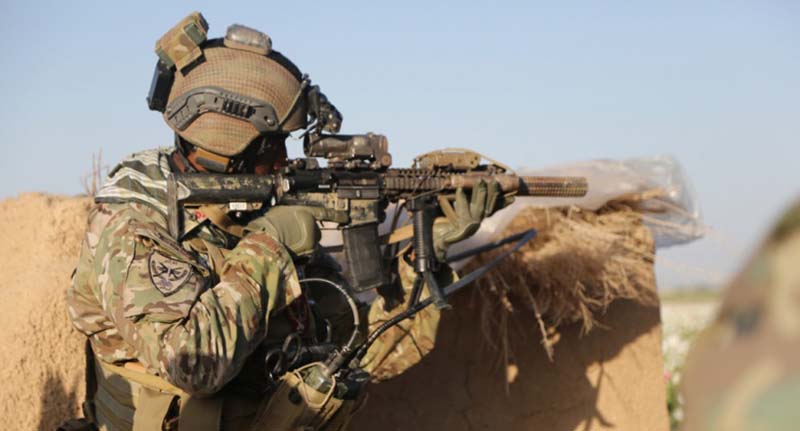Today’s political and military leaders have no choice but to project technology and strategic conditions into the future while they develop their forces today. However, before such multi-billion dollar investments are made, critical questions should be answered.
What is the real mission set? In other words, whom do we fight? Where do we fight? How do we fight? And how do we get there? On Memorial Day, we must take a step back to properly address these questions because right now it’s not so clear. What we do have is a military spending strategy that is out of whack with reality and setting us up for failure when real threats arise.
The United States is primarily a global maritime and aerospace power, not a global land power. Washington is known for exaggerating threats, but is the notion of spending to fight a near-simultaneous war with Russia and China in 2030 a realistic goal? Wars with continental powers like Russia, China, or even Turkey or Iran, demand the persistent employment of large and powerful ground forces projected over thousands of miles. U.S. military advantages at sea and in the air are relegated to supporting roles as seen in World War II, Korea, and Vietnam.
Long before U.S. forces entered World War II in 1942, the British Empire and the Soviet Union fought for years and sustained millions of casualties. Who are Washington’s allies today? How many field capable forces would be able to assist us in the field? How many are just military protectorates seeking to shift the burden of their defense to Washington?
Throughout the 20th century, strong majorities of Americans opposed involvement in all wars overseas. President John F. Kennedy’s statement that Americans “would pay any price, bear any burden…oppose any foe in order to assure the survival and success of liberty,” was false the moment JFK made it.
The answers to the questions above should align the structure and use of U.S. military power with strategic, technological, and fiscal realities. But in the senior ranks of the armed forces—especially in the U.S. Army and Marines—aligning military power with reality is sacrificed to the protection of “service equities,” meaning warfighting structures, equipment sets, and missions from unwanted changes in warfare wrought by technology.
Fair use excerpt. Read the rest here.


